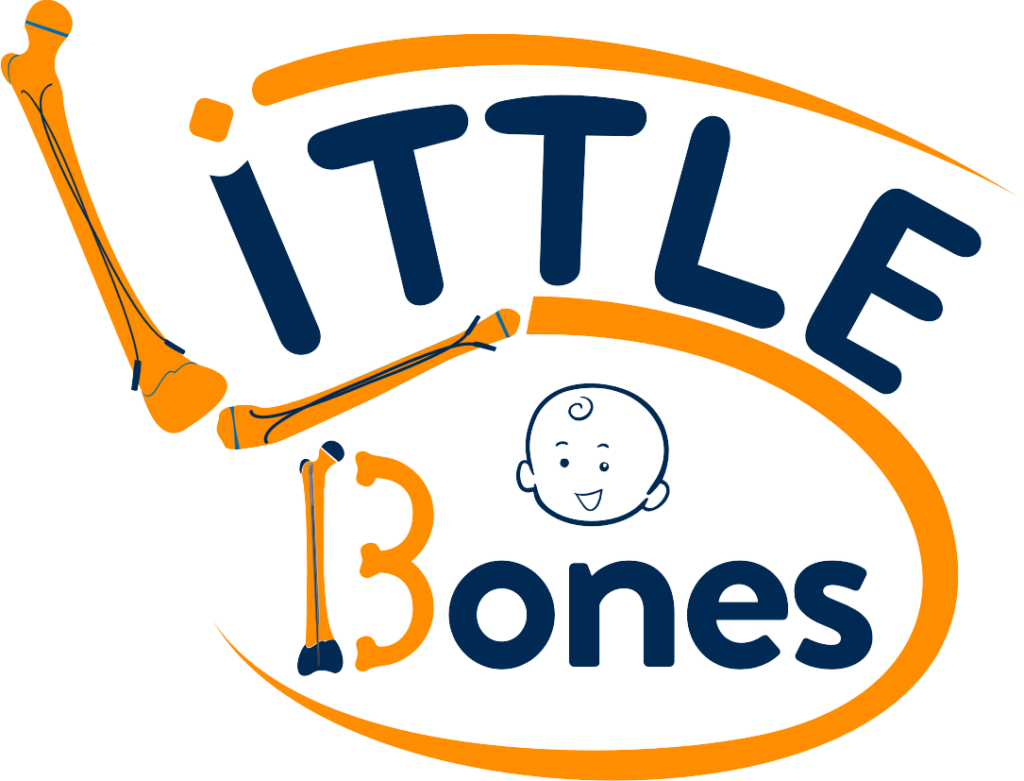Fractures are a common concern among children, especially those who are active and adventurous. Understanding the types of fractures and their treatment is essential for parents to ensure their child’s health and well-being. The most common types of fractures in children and how to manage them effectively, including information about pediatric bone infection treatment in Indore.
Types of Fractures in Children
1. Greenstick Fractures
Greenstick fractures occur when a bone bends and cracks on one side without breaking completely. This type is more common in younger children due to their softer, more flexible bones. These fractures typically heal well with immobilization using a cast.
2. Transverse Fractures
Transverse fractures have a straight line across the bone. They are usually the result of a direct impact or a fall. Treatment often involves casting the affected limb to promote healing and alignment.
3. Comminuted Fractures
A comminuted fracture occurs when the bone breaks into several pieces. This type is less common in children but can occur in severe accidents. Surgical intervention may be necessary to realign the bone fragments and stabilize them with hardware.
Treatment Options for Fractures
1. Immobilization
Doctors treat most fractures by immobilizing them with a cast or splint. This prevents movement, allowing the bone to heal properly.
2. Pain Management
Over the counter pain relievers can help manage discomfort. Always consult with a pediatrician for appropriate medication dosages for children.
3. Surgery
In cases of severe fractures, such as comminuted fractures, surgical intervention may be required. A pediatric orthopedic specialist will assess the injury and determine the best action.
Pediatric Bone Infection Treatment in Indore
If a fracture is suspected to be infected, timely medical intervention is crucial. Pediatric bone infections can lead to serious complications if not treated promptly. Specialized clinics offer comprehensive treatment options for pediatric bone infection treatment in Indore. Parents should seek medical advice immediately if they notice increased pain, swelling, or fever after a fracture. Understanding the common types of fractures in children and their treatment options can help parents navigate these situations effectively.

